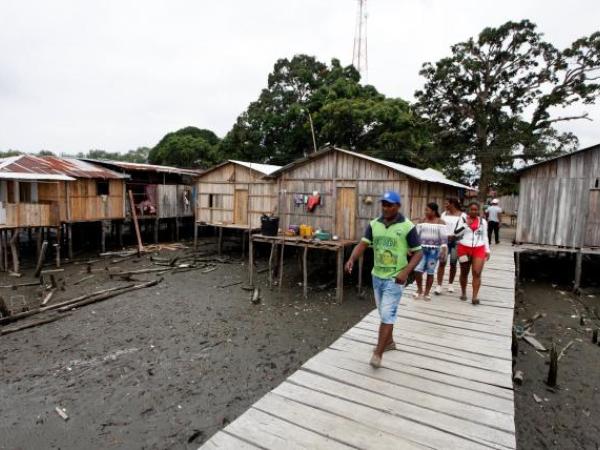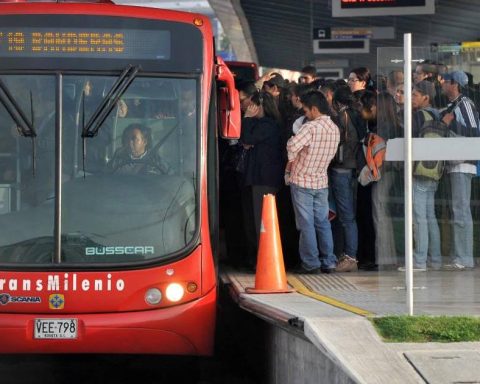This week, the National Administrative Department of Statistics (DANE) released the most recent report on poverty figures in Colombia, which highlights that between 2022 and 2023 monetary poverty decreased by 3.6 percentage points. In absolute numbers, this means that more than 1.6 million people would have left that condition behind.
(You may be interested in: The challenges of the new legislature, according to the country’s businessmen and industrialists).
In light of these results, Ricardo Ávila, Senior Analyst at EL TIEMPO, elaborated on the figures and the poverty outlook in comparison with other countries in the region.
For the analyst, although the reduction in poverty in Colombia during 2023 is welcome, the country is far below its peers in Latin America.
(Also: Three out of 10 Colombians are in a situation of monetary poverty).
In his analysis he argues that even though the evolution is positive, a more detailed examination reveals that not everything that “glitters are gold” and that signs appear that deserve to be identified by those responsible for designing and implementing public policies.
First, because despite the progress, Colombia does not stand out in the regional context. According to the Economic Commission for Latin America and the Caribbean (ECLAC), the incidence of poverty was 29.1 percent in 2023, when an average is made across 18 nations. For some time now, photography in Chile, Peru or Mexico has been much more favourable, to speak of a few specific cases..
The inflation rate reflected an improvement in the purchasing power of the country’s vulnerable and poor population.
Why not declare victory?
After presenting an overview of the causes that triggered poverty in the region after the appearance of Covid, the analyst mentions that the reported progress is not enough for Colombia to declare victory in an issue in which it still has a long way to go.
“If we are really trying to move forward, it is worth analyzing the cases that can serve as a reference in Latin America. There is no doubt that comparisons are odious, but the fact is that the poverty rate in Brazil, Costa Rica, Panama or Peru is below 20 percent. Chile and Uruguay deserve special mention, where these values are less than 10 and 5 percent, respectively. Perhaps the answer is that in the aforementioned nations, State policies were put in place some time ago that allowed both the private and public sectors to do what they should, which includes having a good business climate and an adequate tax regime that helps to better distribute the wealth pie.”he points out.
(Besides: Petro government asked to focus the 2025 Budget on poverty reduction).
And although in these parts no one can say that they have done things perfectly, what is important is to learn from cases of relative success. Because there are also many resounding failures, such as those of Venezuela or Argentina, which at one time were a benchmark and whose inhabitants paid a heavy price at the expense of populism and easy promises.
“Therefore, there is no other option than to recompose the score so that the main actors in society learn to play the same piece in rhythm. Only in this way can the progress that Colombia achieves in the fight against poverty be consolidated, because it is not only about being the country of beauty, but also the country of opportunities for all.”
If you want to read the full interview click here here.
Ricardo Avila Pinto
Special for EL TIEMPO

















